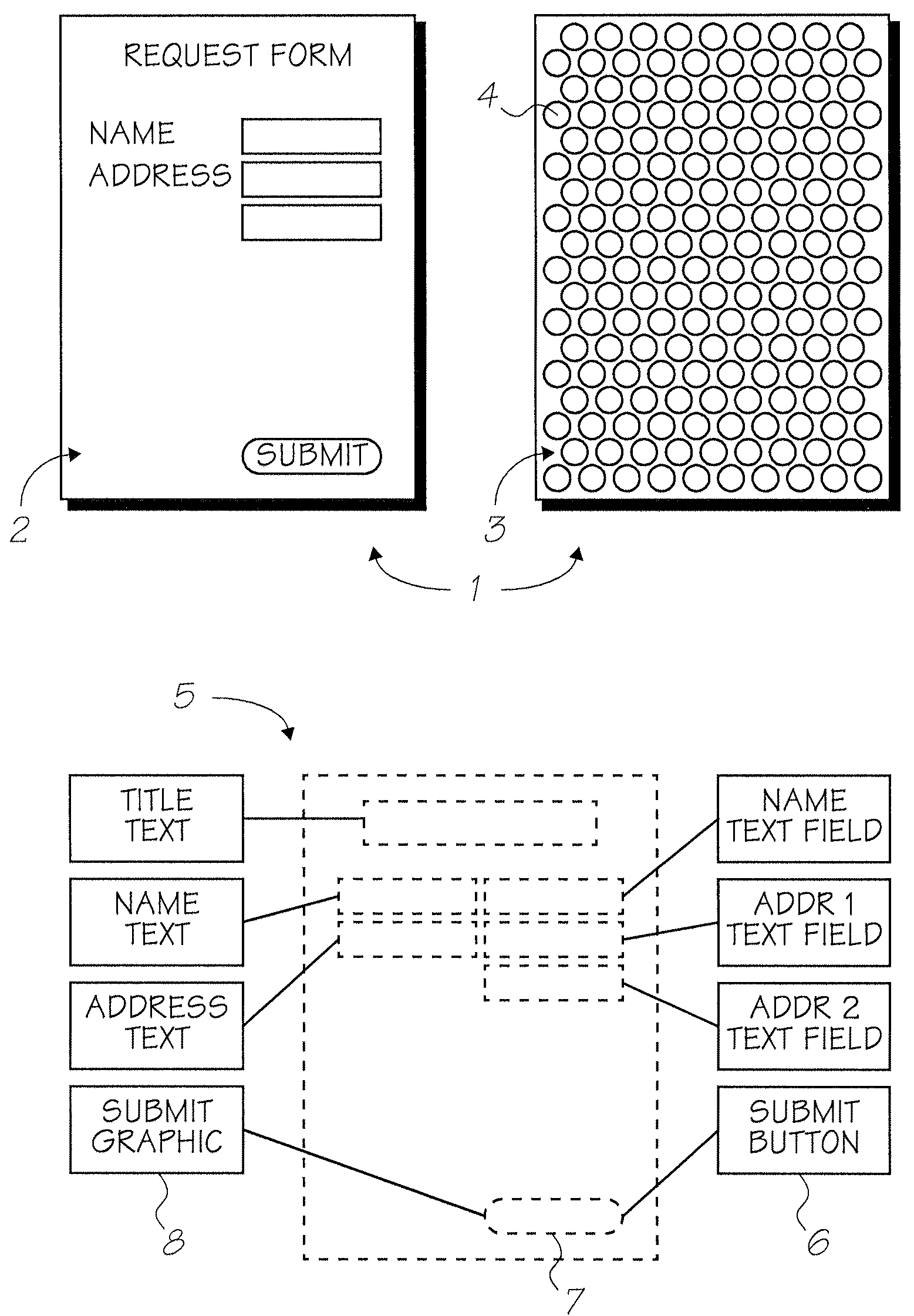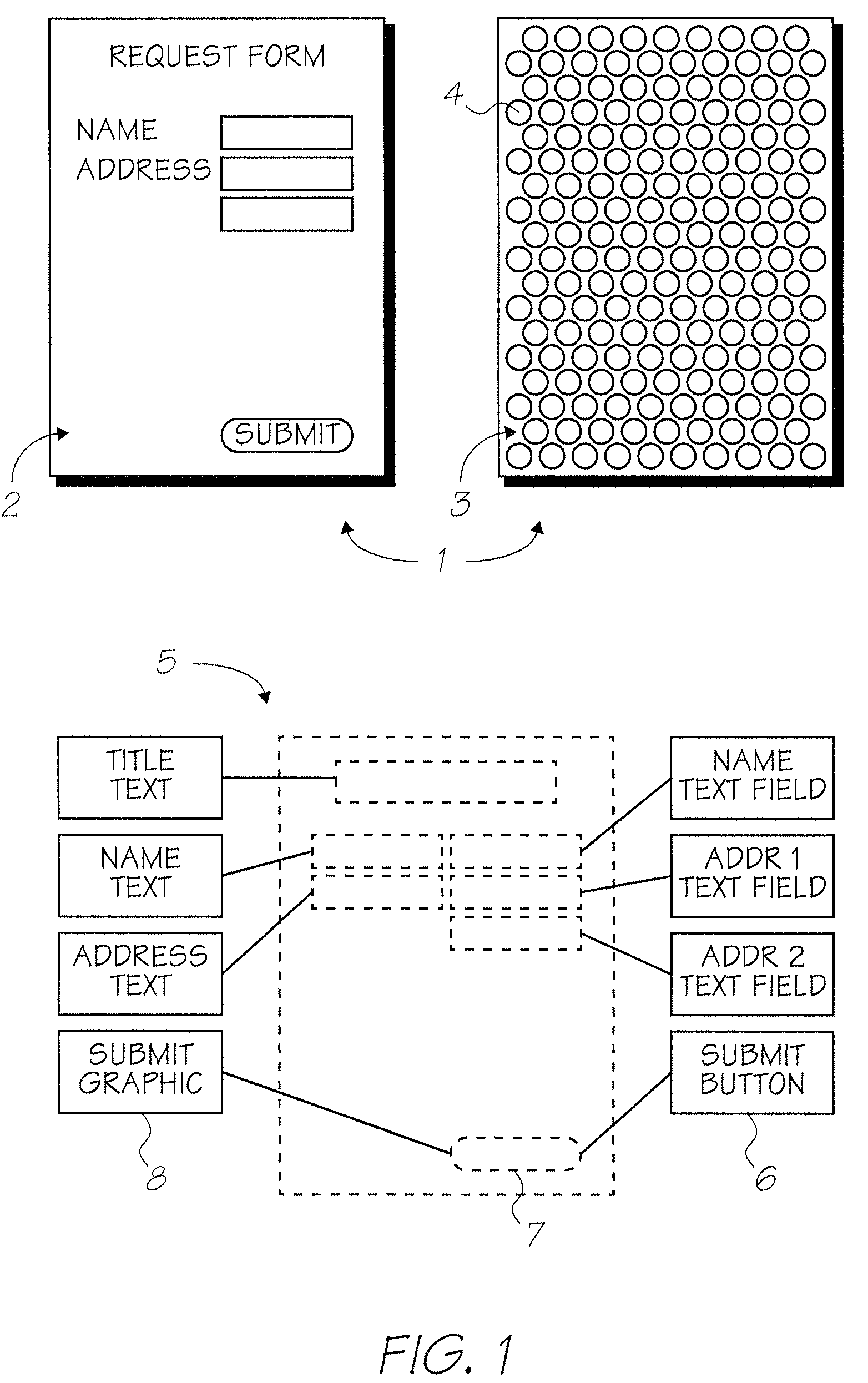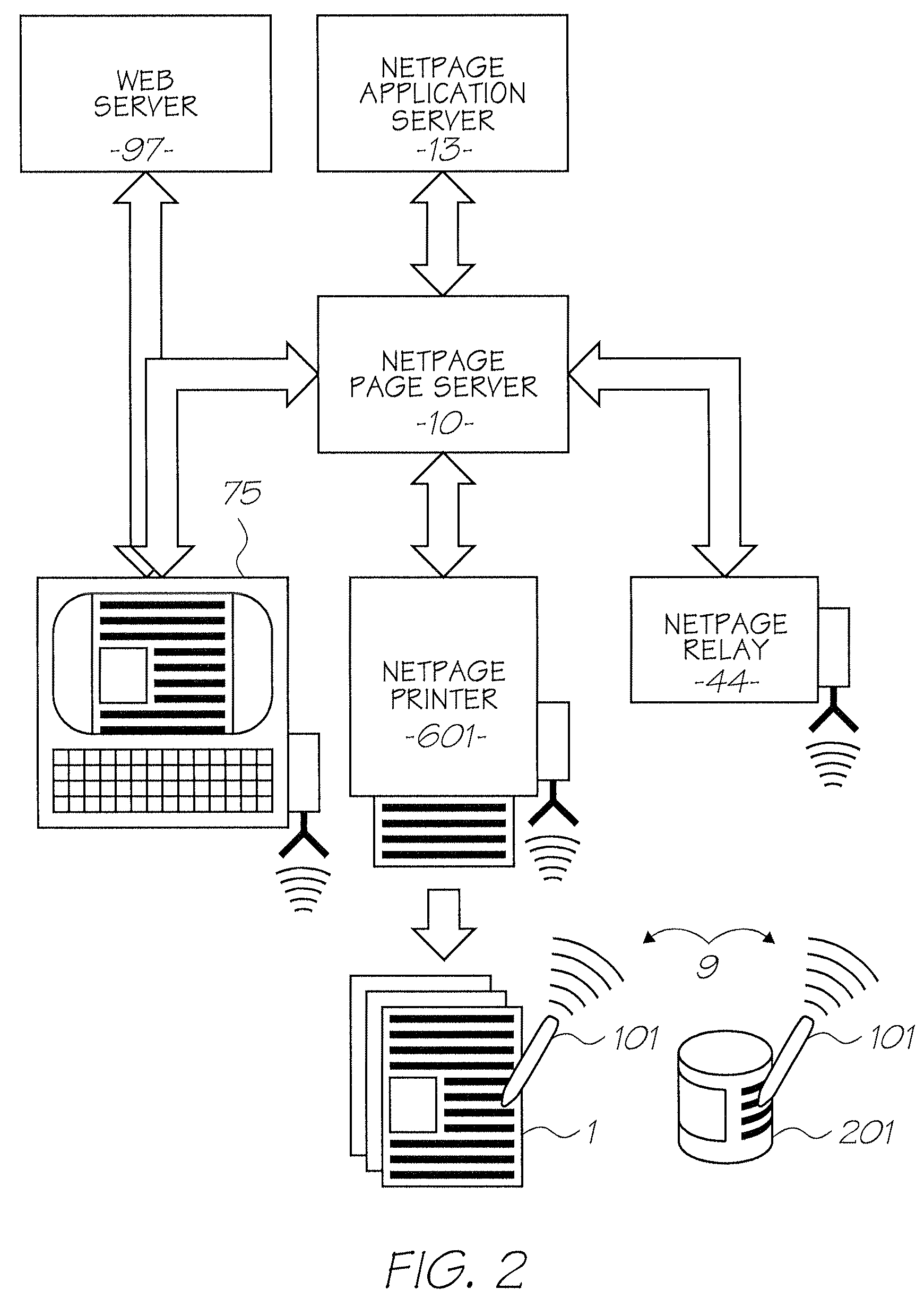Phthalocyanine dyes suitable for use in offset inks
a technology of offset inks and phthalocyanine dyes, applied in the field of phthalocyanine dyes, can solve the problems of unsuitable netpage and hyperla, prior art oil-based inks are highly colored, and the damage of labels no longer prevents scanning
- Summary
- Abstract
- Description
- Claims
- Application Information
AI Technical Summary
Benefits of technology
Problems solved by technology
Method used
Image
Examples
example 1
Preparation of the tetrakis(trihexyltetradecylphosphonium) salt 5
[0323]
[0324]To a solution of hydroxy gallium(III) naphthalocyaninetetrasulfonic acid (29.1 g, 0.026 mol) in water (50 mL) and methanol (350 mL) was added a solution of trihexyltetradecylphosphonium chloride (50.0 g, 0.096 mol) in methanol (50 mL). The solution was concentrated to half volume and the concentrated solution was diluted with water (100 mL) to precipitate the product. The phosphonium salt was filtered off and washed with warm acetone / water (50:50, 2×300 mL) and warm water (2×300 mL) and air dried. The solid was then washed with boiling hexane (2×300 mL) and dried to give the product 5 as a dark green powder (63.1 g, 86%).
[0325]1H NMR (d6-DMSO): δ 0.85 (48H, m); 1.0-1.5 (192H, m); 1.90 (32H, m); 7.9-11.1 (20H, m). UV-Vis-NIR (DMSO): λmax 795 nm (ε=365,000); 756 nm (ε=59,000); 706 nm (ε=65,000); 341 nm (ε=102,000). UV-Vis-NIR (CHCl3): λmax 790 nm (ε=87,000); 333 nm (ε=85,000).
example 2
Ink Formulation Comprising Phosphonium Salt 5
[0329]The phosphonium salt 5 was formulated as 3% w / w in a commercially available offset ink vehicle, Matrix ECO PMS Trans White (DIC Colortron Pty Ltd, catalogue number MX 6010 / 1). The resultant ink was printed as a swatch onto plain paper and exposed to direct sunlight and office atmospheric pollutants. FIG. 26 shows reflectance spectra for the swatch at various times.
PUM
| Property | Measurement | Unit |
|---|---|---|
| emission wavelengths | aaaaa | aaaaa |
| emission wavelengths | aaaaa | aaaaa |
| emission wavelengths | aaaaa | aaaaa |
Abstract
Description
Claims
Application Information
 Login to View More
Login to View More - R&D
- Intellectual Property
- Life Sciences
- Materials
- Tech Scout
- Unparalleled Data Quality
- Higher Quality Content
- 60% Fewer Hallucinations
Browse by: Latest US Patents, China's latest patents, Technical Efficacy Thesaurus, Application Domain, Technology Topic, Popular Technical Reports.
© 2025 PatSnap. All rights reserved.Legal|Privacy policy|Modern Slavery Act Transparency Statement|Sitemap|About US| Contact US: help@patsnap.com



